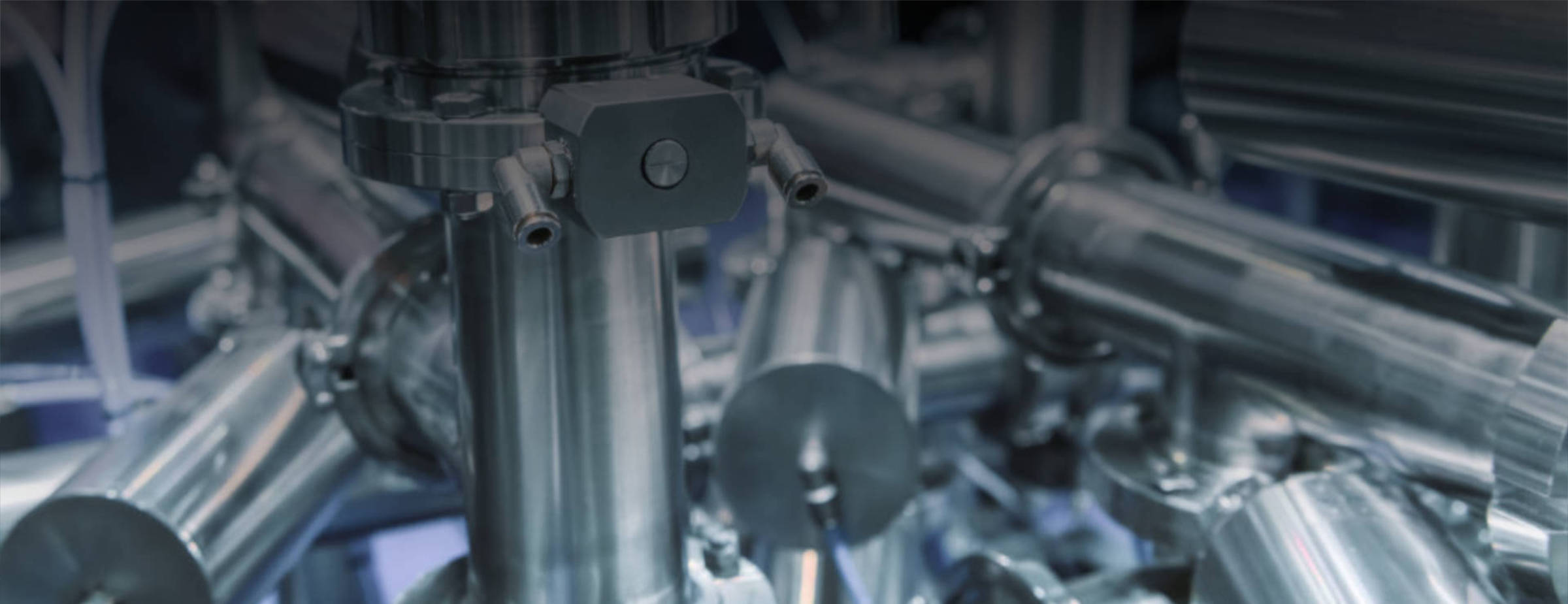
Blog

Clinical waste disposal – How should clinics handle the management of medical waste?
In Celitron’s next article, we will discuss the basics of the clinical waste management process, as well as what on-site solutions can suit smaller clinics that have less available space and generate less waste compared to large hospitals!

Autoclaves in Europe and worldwide - How Celitron became one of the most popular autoclave manufacturers
Looking for a professional autoclave manufacturer in Europe? Celitron is deeply committed to offering on-site medical solutions to facilities of all sizes that comply with the environmental standards of the EU and WHO. In this article, you will learn more about Celitron as an autoclave producer in Europe, as well as the types of steam sterilizers we deliver through our global distribution network!

Non-incineration medical waste treatment technologies – Making medical waste disposal more sustainable
The point of Celitron’s new article isn’t just to advocate for more sustainable medical waste disposal technologies – it is to show all concerned parties that more modern alternatives represent a win-win scenario both for the environment and medical facilities like hospitals, and operating theaters, clinics, and dialysis centers. Read on to find out more about the benefits of treating medical waste with autoclaves/steam sterilizers!

Autoclave vs incineration: which one is the best method for the disposal of medical waste?
Autoclave vs incineration is a question often asked within the healthcare industry. Any medical waste generated at healthcare facilities must be treated and disposed of according to current medical and environmental regulations: this is the basis of all medical waste management systems. In Celitron’s next article we shall take a detailed look at both solutions to help you decide which one is best suited for your medical facility: autoclaving vs incineration!

Medical waste shredder machine price comparison – How much does it cost to dispose of infectious medical waste?
Healthcare waste disposal methods like medical waste shredder machines have become increasingly popular alongside autoclaves and the ever-present incinerators. Among the many factors that play a role in the decision to choose a waste disposal method, the price of a medical waste shredder is definitely one of them. In Celitron’s next article, we shall offer a basic price comparison of medical waste shredders and other popular methods.

Buying an autoclave: here's what you should know before purchasing a steam sterilizer
Buying an autoclave is becoming an increasingly common practice in the healthcare industry. If you are in the market for an on-site sterilization solution for your medical facility that allows you to reuse medical equipment and tools without any risk of infection to patients and staff, there are several things you should consider before purchasing a new steam sterilizer. Celitron’s next article is here to shed some light on the most important factors to consider!
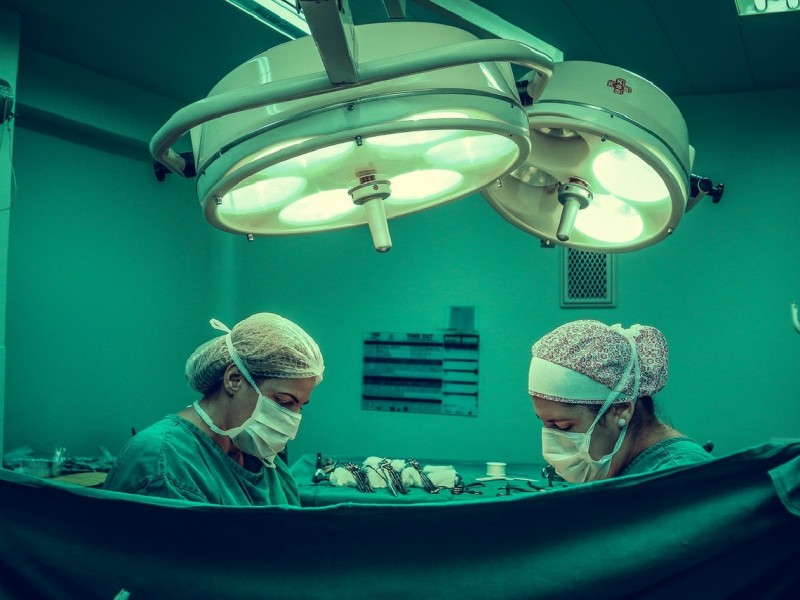
What is healthcare risk waste and how should its disposal be handled?
The healthcare industry produces a huge amount of waste that can be considered a biohazard risk. Still, thanks to more modern on-site solutions, health care risk waste disposal can be handled safely, and more easily by medical staff. In Celitron’s next article, we shall discuss what healthcare risk waste is, how it can be identified, stored, as well as one of the best ways to handle its disposal right at the site of your medical facility!
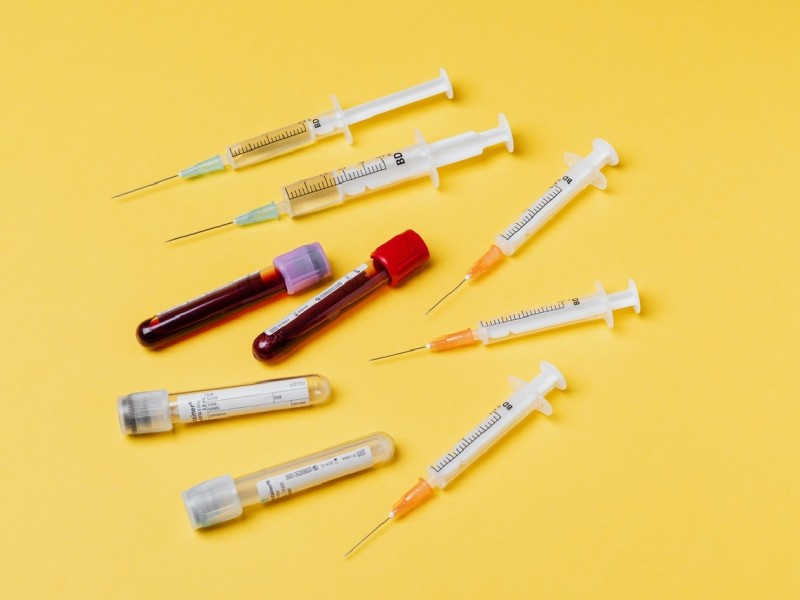
Liquid medical waste disposal in hospitals: how to proceed with materials contaminated by blood? The benefits of on-site treatment
The disposal of liquid medical waste like blood is just as much of an issue in hospitals as the removal of other types of waste. How should it be stored? What should hospitals avoid doing at all costs? In Celitron’s next article, we will answer all these questions as well as discuss how hospitals can treat medical waste on-site with our disposal solution!
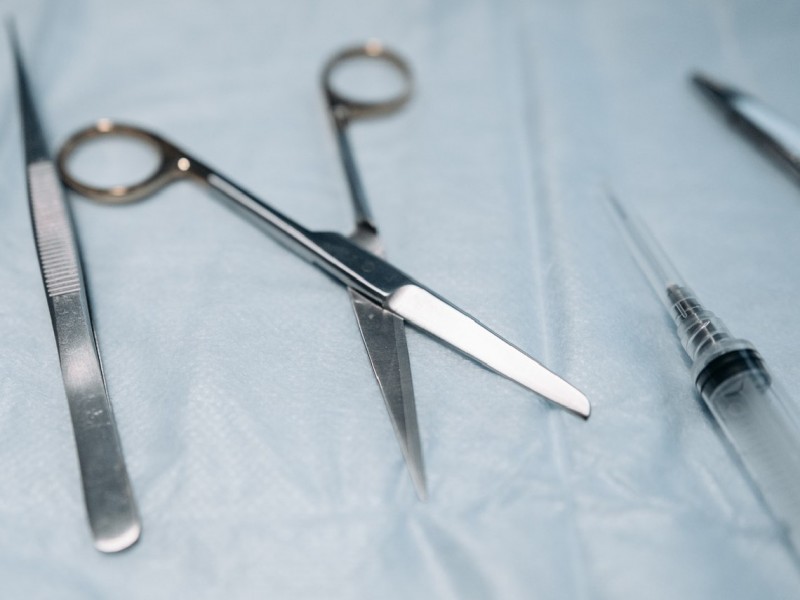
Autoclave compatible materials – What kind of materials can be sterilized in an autoclave?
What can we consider autoclave compatible materials? Steam sterilizers like Celitron’s machines have become one of the most popular on-site sterilization solutions for medical facilities and are already present in more than 40 countries all around the globe. Read on to find out what kind of materials can be sterilized in an autoclave!
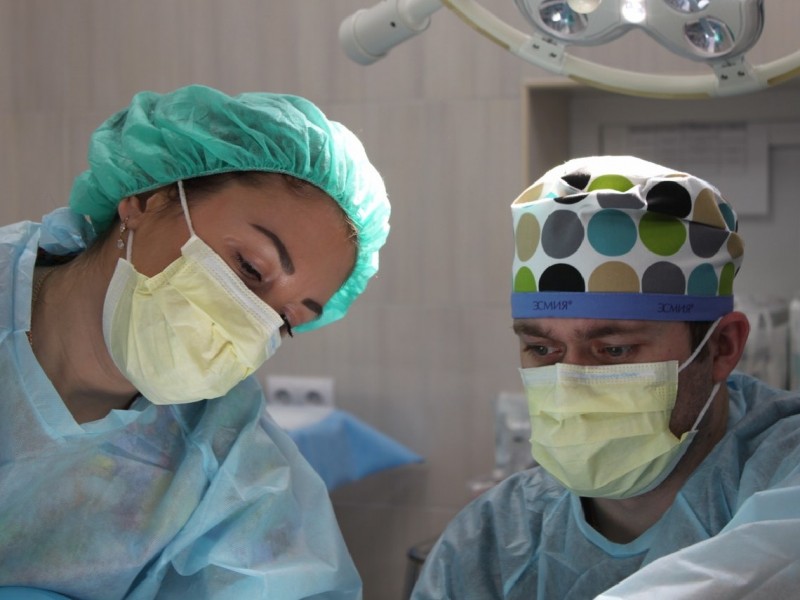
Steam sterilizer autoclaves – Where to buy, how to choose?
Steam sterilizer autoclaves have been here for quite a while. Ever since their inception near the end of the 19th century, they have become one of the most popular on-site treatment methods for sterilizing certain types of medical waste as well as medical tools.
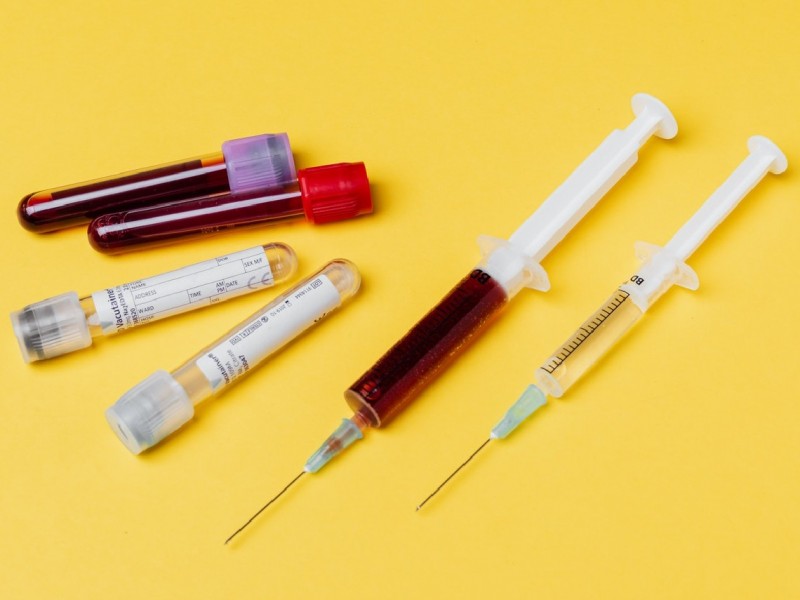
Medical waste storage requirements – what kind of containers do you need to use before disposal?
In Celitron’s following article, we shall give you a rundown about basic medical waste storage requirements, color-coded containers, as well as how you can make the storage procedure easier with on-site medical waste treatment methods!
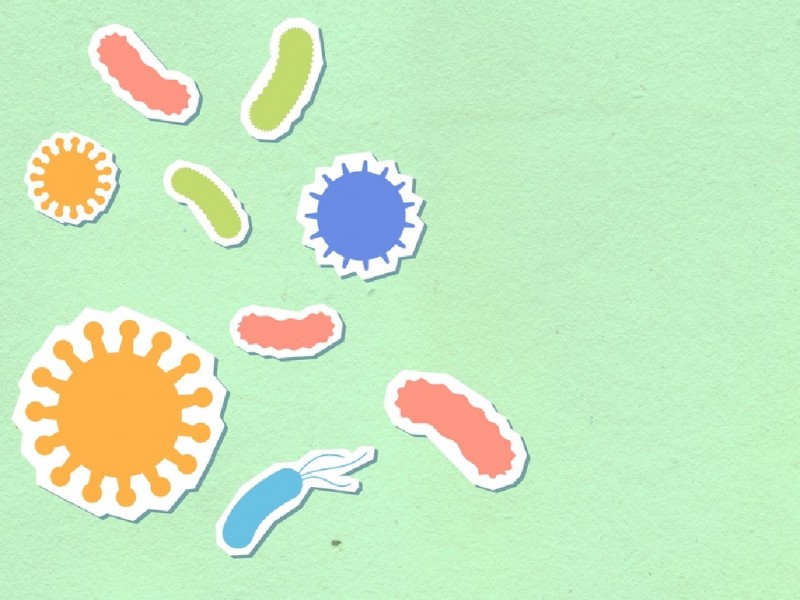
Why is it better to eliminate infectious medical waste onsite? How to handle proper disposal?
Eliminating infectious medical waste onsite is becoming increasingly popular as a more practical, and safer way to handle the disposal of hazardous materials at the site of hospitals, clinics, and other medical facilities. In Celitron’s next article, we will discuss why it is better to eliminate infectious medical waste onsite, as well as how you can easily do it with our own patented waste disposal solution!